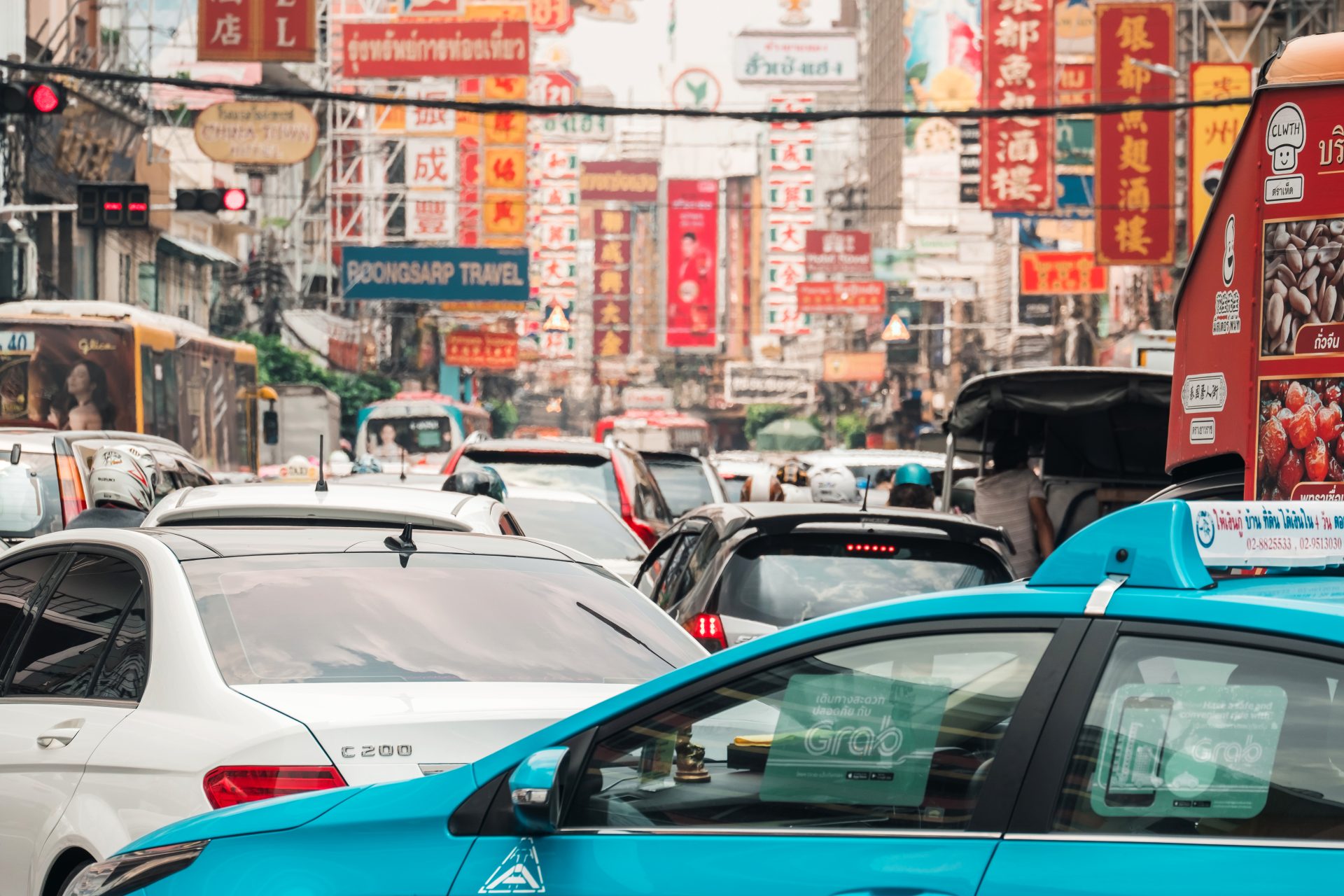Between January and September 2025, Ecuador imported approximately 71,695 vehicles, worth a total of USD 1.24 billion, representing growth of 13.6% in units and 19.3% in value compared to the same period last year. According to the latest data, China now accounts for 58.3% of total imported vehicles, equivalent to about 41,799 units, and in September that share rose to 60.5%, confirming a clear shift in the origin of Ecuador’s automotive imports.
This Chinese expansion is driven by a combination of competitive pricing, a broader range of SUV and pickup models, and the rapid rise of new-generation Chinese brands. In the commercial vehicle segment (trucks, buses, and vans), 73% of imported units came from China. Among SUVs, Chinese brands represent around 47.6% of total units, and among pickups, they hold a dominant 71.7% share.
The dynamism of Asian automakers in Ecuador is not limited to China. South Korea doubled its market participation, with shipments up 112.8%, and India grew by over 110%, driven by small and fuel-efficient cars. However, the overall trend is clear: Europe, Japan, and Latin America are losing ground to the Asian expansion.
This structural shift has direct implications for Ecuador’s logistics, retail, and automotive service sectors. A market dominated by Chinese imports requires an efficient supply chain, adequate spare parts and technical support, and adaptation to evolving standards of quality, emissions, and safety that Chinese brands are rapidly improving. On the fiscal side, the country has already collected USD 165 million in import duties by September, a 7.4% year-on-year increase, though this also brings the challenge of harmonizing stricter technical regulations to maintain consumer trust and competitiveness.
In the medium term, China’s leadership opens new opportunities for Ecuador. Partnerships with Asian manufacturers could pave the way for local assembly, technology transfer, and advancements in electric mobility. Brands such as BYD and Chery are already expanding their presence in the country. For this growth to be sustainable, Ecuador will need to balance trade openness with industrial development, ensuring that the boom in imports evolves into a productive opportunity for the national automotive sector.
In summary, China’s dominance in Ecuador’s automotive market is not a temporary trend but a structural transformation. For logistics companies, distributors, and automotive operators, the message is clear: adapt to a landscape where vehicle origin, import channels, after-sales service, and technology are changing at unprecedented speed. Understanding new trade flows, anticipating market conditions, and adjusting logistics strategies will be crucial to remain competitive in this new phase of Ecuador’s automotive trade.


